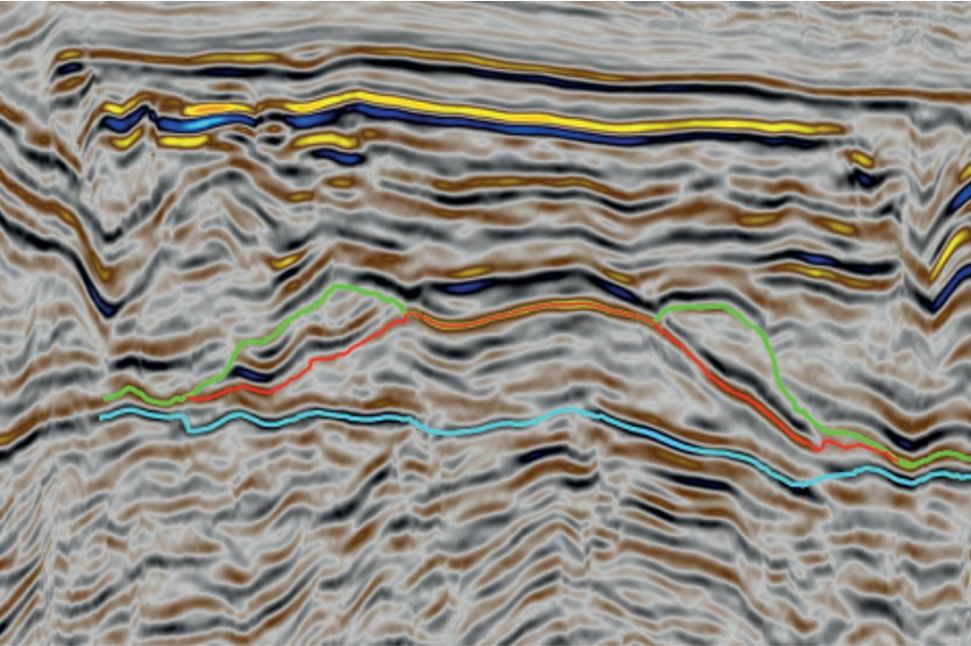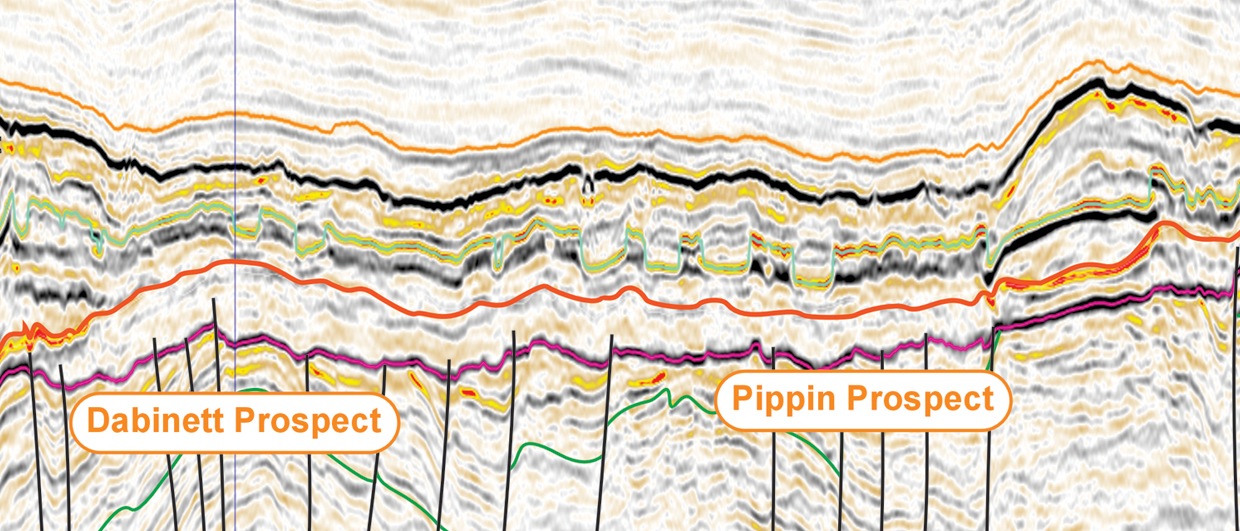Yesterday the news broke that Shell will be drilling the Pensacola Zechstein Hauptdolomit prospect in May 2022. A Zechstein (Upper Permian) prospect that has been on the cards for many years, company Deltic who worked up the licence until Shell farmed in in 2019 rightly sees this as a proof of the positive momentum the play is now experiencing.
As Tom McCafferkey, Subsurface Team lead at Deltic Energy, put it on LinkedIn: “I don’t think that just over two years ago, in a stuffy meeting room in The Hague, anyone in Deltic (then Cluff) could have predicted the twists and turns that have brought us to this moment.”
The Pensacola prospect is a Z2 Zechstein reef partially mapped on 3D seismic data and is analogous to similar structures identified on adjacent blocks such as the Ossian-Darrach oil discovery drilled by ONE-Dyas in 2019 and the Durham and Balvenie prospects mapped by Draupner Energy. The Pensacola reef is 15km long by 6km wide and clearly defined on 2D and 3D seismic and builds to more than 200m above the surrounding Z2 (Hauptdolomit) platform.

Interest in the UK, but what about the Dutch sector?
It is evident from the map that the Zechstein play has enjoyed interest in the UK sector in recent years, as the southern margin of the Mid North Sea High is under licence by a variety of companies. The onshore UK also plays a part, with the West Newton Zechstein discovery currently being assessed by Rathlin Energy.
However, the Dutch sector of the Mid North Sea High is entirely open when it comes to the area that is likely to have Zechstein prospectivity.
Zechstein structures mapped
TNO – Geological Survey of the Netherlands recently published seismic interpretation data to suggest that there are a number of potentially prospective Hauptdolomit build ups in the Dutch part of the Mid North Sea High too (see map above).
Time to gain a better understanding
In order to better understand Zechstein internal depositional architecture in the Southern North Sea, including the Dutch sector, TNO and Cambridge Carbonates are now inviting companies to join a multiclient study.
A calibration of seismic geometries to sedimentary facies distribution and a licence to block scale sedimentological analysis using both cores and well logs form the key aspects of the study. The areas that will be investigated are the onshore UK (North Yorkshire), UK Quadrant 48 around the Zechstein of Blythe and the northern Dutch offshore.
If you are interested in joining this 14-months long multiclient study, please get in touch with Friso Veenstra from TNO – friso.veenstra@tno.nl
HENK KOMBRINK
Link to brochure from Cluff Natural Resources (now Deltic Energy) on Pensacola (headline image is a seismic section through the Pensacola structure).





